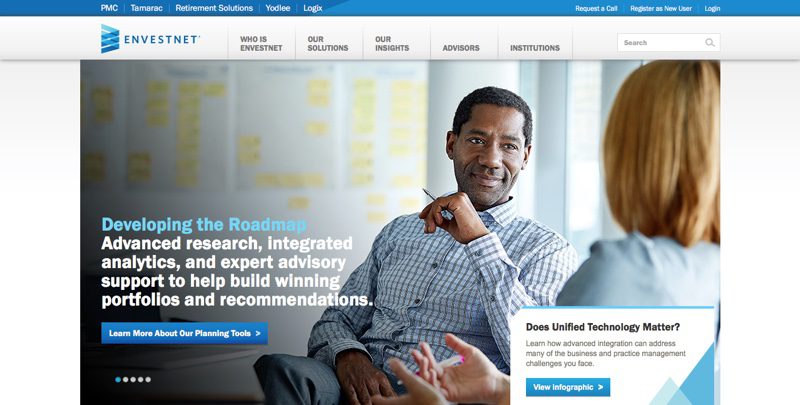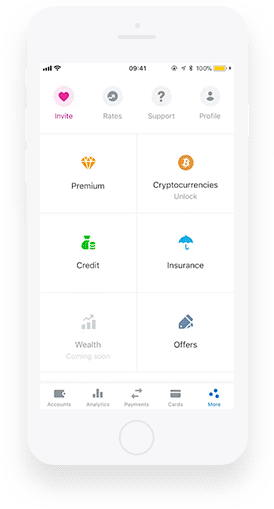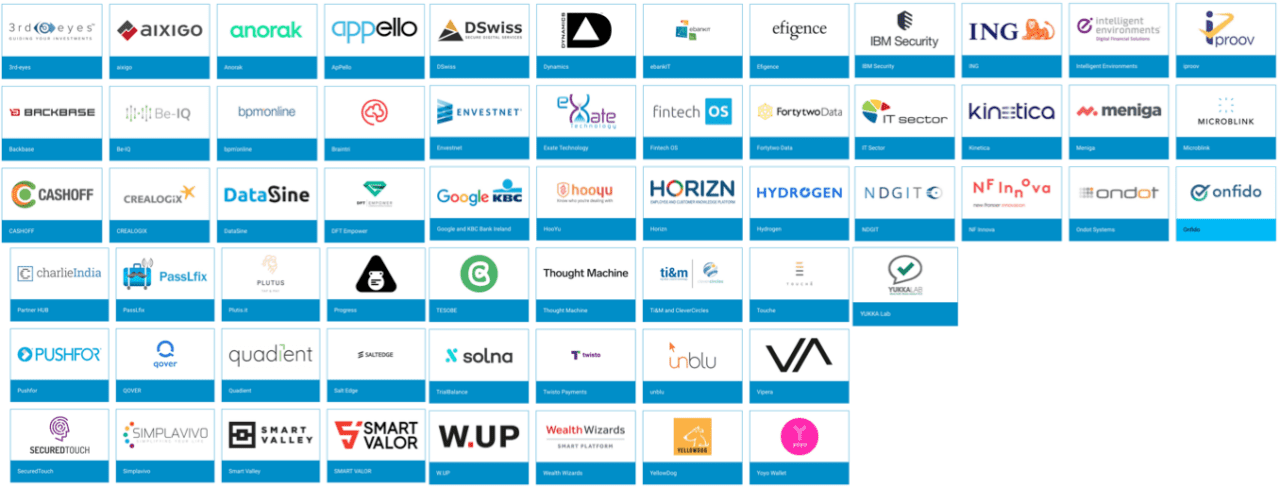When the gold rush is on, popular wisdom says it is often a better business strategy to sell picks and shovels to the miners than to go into business as a miner oneself. Best of Show winner Jumio is the latest fintech to lend its expertise to the world of cryptocurrencies with its newly-announced partnership with cryptocurrency platform, Byteball.
“ICOs have transformed the financial arena as an alternative means for listing companies to raise funds for development projects or to launch new businesses,” Jumio VP of Product Philipp Pointner said. “However, as they are currently unregulated and, as transactions in cryptocurrencies are, by their nature, anonymous, regulatory bodies are becoming increasingly concerned that they provide an avenue for money laundering and other financial crime.”
Byteball provides a distributed, decentralized platform to give clients launching initial coin offerings (ICOs) security against fraud. The platform will use Jumio’s identity verification solution, Netverify, to help ICO operators ensure the people they are dealing with are who they say they are. Netverify uses both ID Verification and biometric Identity Verification to make the process as friction-free as possible for users, while helping ICO issuers become “proactively compliant” with what the company called “imminent regulatory guidelines.”
“By partnering with Jumio, we bring identity to the distributed ledger, both for ICOs and other financial transactions, creating strong connections between the crypto and the real world,” Byteball founder Tony Churyumoff said. “For end users, we offer them a sovereign identity that is totally private, secure, and incredibly easy to use. For business, it is an opportunity to build applications that leverage the identity layer that were not possible before.”
ICO participants on Byteball’s platform will scan a government-issued ID such as a driver’s license or passport. Once the document is verified – Netverify authenticates in real-time – the participant will submit a live selfie which is analyzed by the platform’s Face Match technology. The combined approach makes sure that the selfie image is a match with the ID document, and that both the selfie and the document are physically present at the time of verification.
Jumio added that it is looking at other ways to collaborate with Byteball in the future, such as providing identity verification for credit card payments and lending.
Founded in 2010 and based in Palo Alto, California, Jumio demonstrated its Netverify Document Verification platform at FinovateSpring 2017. Last month, the company announced a partnership with socially-responsible financial health company Meed to provide identity verification and document verification services. Also in December, Jumio Business Development Manager Gordon Harrison participated in our webinar, Solving the Identity Problem for PSD2 and GDPR.
Jumio has raised more than $55 million in funding, $40 million of which was picked up before the company was acquired by Centana Growth Partners in May 2016. Stephen Stuut is CEO.
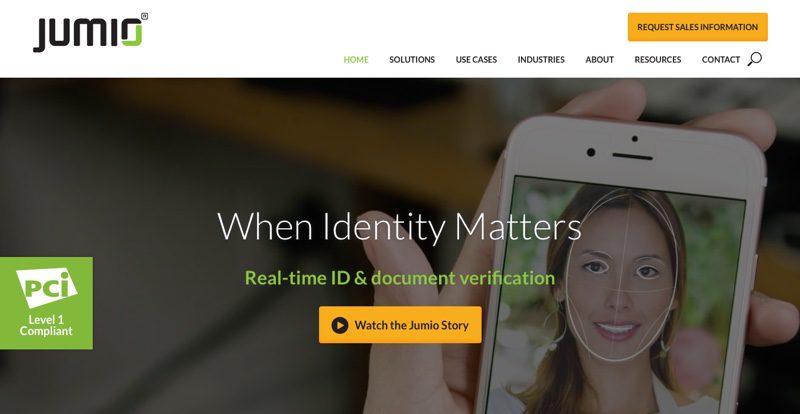
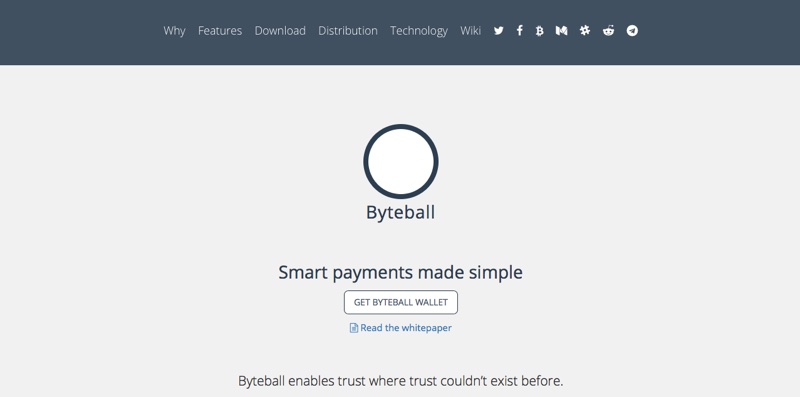
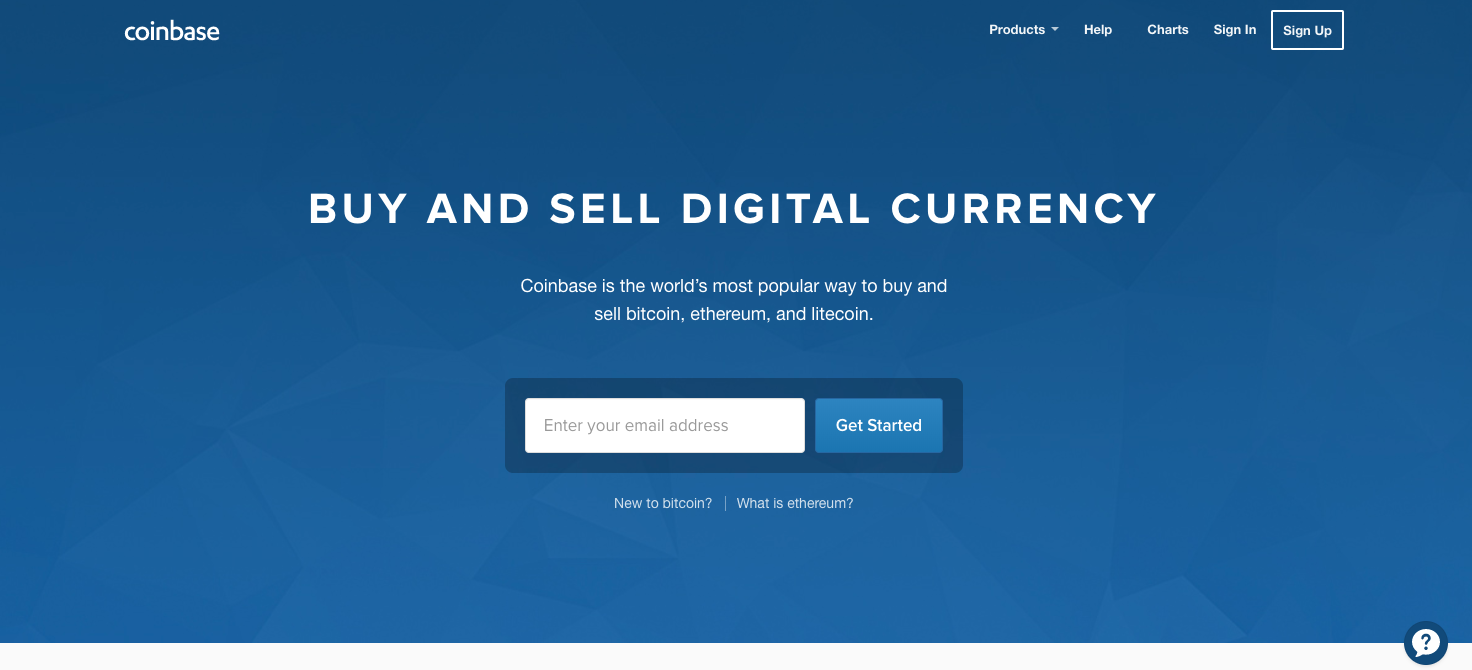
 Last month we reported that digital currency wallet
Last month we reported that digital currency wallet 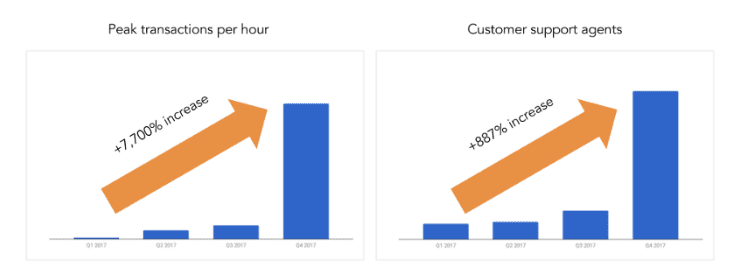

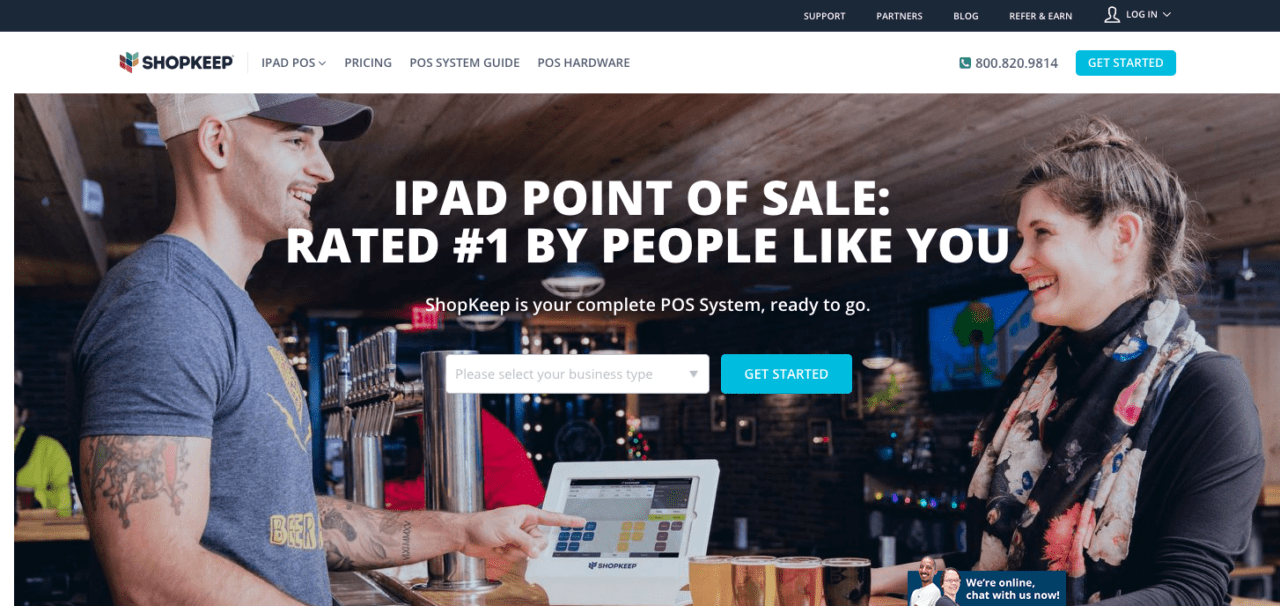

 Crossfield (pictured) comes to Featurespace after serving as a partner at Oakhall, a consultancy firm where he performed market analysis, financial modeling, fundraising, and business development for privately-held technology companies. Trained as a Chartered Accountant with Deloitte, Crossfield was an Equity Research Analyst for Bank of America Merrill Lynch for more than seven years, and a Technology Analyst at Cazenove for four years. He is also currently Financial Advisor for London-based data center, Aegis Data.
Crossfield (pictured) comes to Featurespace after serving as a partner at Oakhall, a consultancy firm where he performed market analysis, financial modeling, fundraising, and business development for privately-held technology companies. Trained as a Chartered Accountant with Deloitte, Crossfield was an Equity Research Analyst for Bank of America Merrill Lynch for more than seven years, and a Technology Analyst at Cazenove for four years. He is also currently Financial Advisor for London-based data center, Aegis Data.


 Overall, the new capabilities aim to help restaurants create a better guest experience while streamlining their operations. Here are the highlights:
Overall, the new capabilities aim to help restaurants create a better guest experience while streamlining their operations. Here are the highlights: